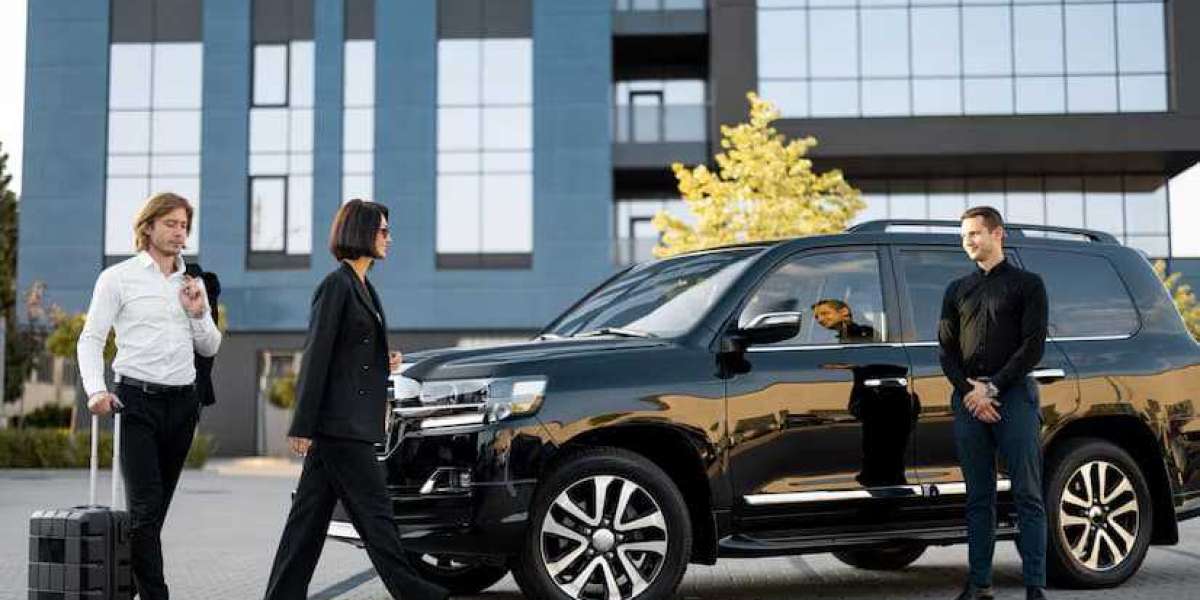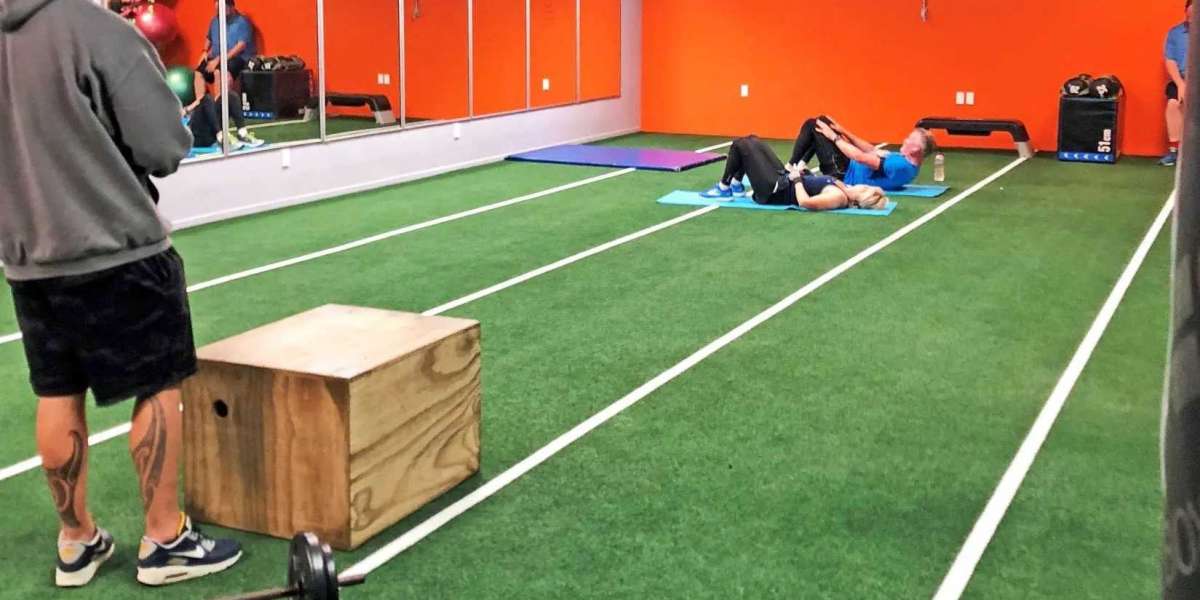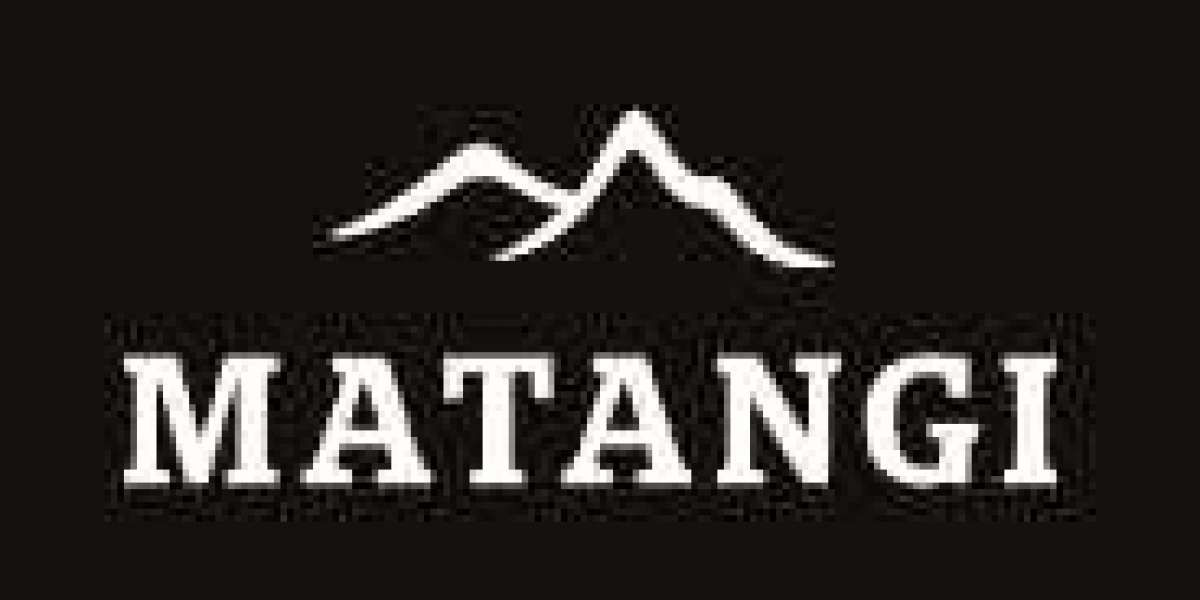Planning a corporate outing can be a daunting task, especially when it comes to arranging transportation for large teams. Ensuring that every participant arrives safely and on time requires careful consideration and organization. This article explores the essential steps to planning seamless corporate outing transportation, focusing on strategies, tips, and best practices to ensure a smooth experience.
Understanding the Importance of Transportation Planning
Effective transportation planning is crucial for any corporate outing. It sets the tone for the event and reflects the organization’s professionalism. Poor transportation arrangements can lead to delays, frustrations, and a negative experience for employees. Thus, a well-thought-out transportation plan is vital to the success of the outing, fostering team spirit and enhancing employee morale.
Assessing the Needs of Your Team
Before diving into logistics, it’s important to assess the transportation needs of your team. Consider the following factors:
1. Team Size
Understanding the number of participants is crucial in determining the type of transportation required. Large teams may need multiple vehicles or a combination of buses and vans to accommodate everyone comfortably.
2. Destination
The outing location plays a significant role in transportation planning. Is it nearby or a long-distance trip? Knowing the distance helps in selecting the appropriate vehicle and estimating travel time.
3. Duration of the Event
Consider how long the outing will last. If it’s a full-day event, transport requirements may differ from a half-day outing. Longer trips may necessitate additional amenities, such as refreshments and rest stops.
4. Accessibility Needs
Ensure that the transportation options cater to any team members with special needs. It’s important to provide accessible vehicles and consider any additional assistance that may be required.
Choosing the Right Mode of Transportation
Once the needs assessment is complete, it’s time to choose the appropriate mode of transportation. Several options are available, each with its advantages:
1. Buses
Charter buses are ideal for large groups, offering ample space, comfort, and amenities such as air conditioning and restroom facilities. They can enhance the overall experience by allowing team members to relax and enjoy the ride together.
2. Vans
For smaller teams, vans or shuttles provide a flexible option. They’re easy to maneuver and can access locations that larger buses may find challenging. This is particularly beneficial for outings in urban settings.
3. Rideshare Services
For teams that prefer individual transportation, rideshare services can be an efficient solution. However, this option may lack the camaraderie and team-building benefits of traveling together.
4. Limousines
For a more upscale experience, limousines can be a luxurious mode of transportation, suitable for small groups or executive teams. They offer an elegant atmosphere that can enhance the outing experience.
Budgeting for Transportation
Transportation costs can vary significantly based on the mode selected, distance traveled, and duration of the rental. Creating a detailed budget is essential to avoid unexpected expenses. Consider the following when budgeting:
1. Rental Costs
Research different transportation providers to compare rates. Ensure that you understand what’s included in the rental price, such as fuel, driver fees, and insurance.
2. Additional Fees
Be aware of any additional costs that may arise, such as tolls, parking fees, and gratuities for drivers. Including these in the budget will help avoid surprises.
3. Contingency Fund
Set aside a contingency fund to cover any unforeseen circumstances, such as last-minute changes or emergencies.
Creating a Detailed Itinerary
A well-structured itinerary is key to ensuring that the outing runs smoothly. The itinerary should include:
1. Pickup and Drop-off Locations
Clearly specify where participants will be picked up and dropped off. This will help avoid confusion and ensure that everyone knows where to go.
2. Timelines
Outline the schedule for the day, including departure times, estimated travel duration, and any scheduled stops. Sharing this itinerary with participants in advance helps them prepare and ensures punctuality.
3. Contact Information
Include contact details for the transportation provider and a designated point of contact from your organization. This way, team members know whom to reach out to if any issues arise.
Communicating with Team Members
Effective communication is crucial throughout the planning process. Ensure that all team members are informed about transportation arrangements and expectations. Consider the following strategies:
1. Informational Meetings
Hold a brief meeting or send out an email to explain the transportation plans, highlighting important details such as pickup times and locations.
2. Reminders
Send reminders as the outing approaches, reaffirming the schedule and any necessary preparations, such as what to bring or wear.
3. Feedback Mechanism
Encourage team members to voice any concerns or preferences regarding transportation. This can help address issues early and make participants feel valued.
Preparing for the Day of the Outing
On the day of the corporate outing, preparation is key to ensuring everything runs smoothly. Here are some tips to follow:
1. Arrive Early
Ensure that the transportation provider arrives early to avoid any delays. This helps accommodate last-minute changes and allows for a stress-free boarding process.
2. Have a Backup Plan
Despite careful planning, unforeseen circumstances can arise. Have a backup plan in place, such as alternative transportation options or a contingency fund for unexpected expenses.
3. Assign a Coordinator
Designate a person from your organization to oversee transportation logistics on the day of the event. This individual can manage any issues that arise and ensure everything runs according to plan.
Evaluating the Experience
After the outing, it’s important to evaluate the transportation experience. Gather feedback from team members to identify what worked well and what could be improved for future outings. Consider the following questions:
- Did the transportation meet expectations?
- Were there any issues during the journey?
- How did the experience impact overall enjoyment of the outing?
Gathering this feedback will help refine future transportation plans and enhance the overall quality of corporate outings.
Conclusion
Planning seamless corporate outing transportation for large teams is a multifaceted process that requires careful consideration and organization. By assessing team needs, choosing the right mode of transportation, budgeting appropriately, and communicating effectively, organizations can create a positive experience for employees. The right transportation not only facilitates logistical efficiency but also fosters team spirit and enhances morale.
If you're looking for reliable and professional corporate outing transportation, consider partnering with Davis Brothers Limos Buses. Their commitment to excellence and attention to detail will ensure your team has a memorable outing. Contact them today to start planning your next corporate adventure!







